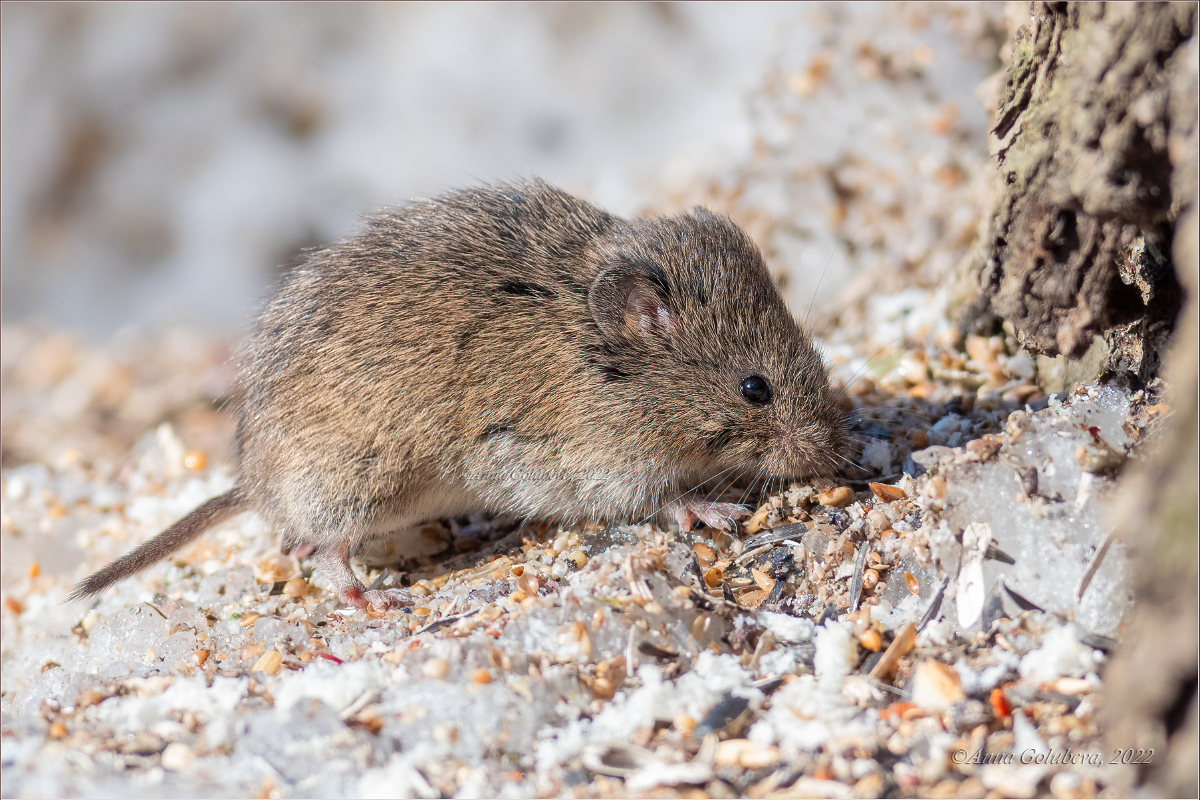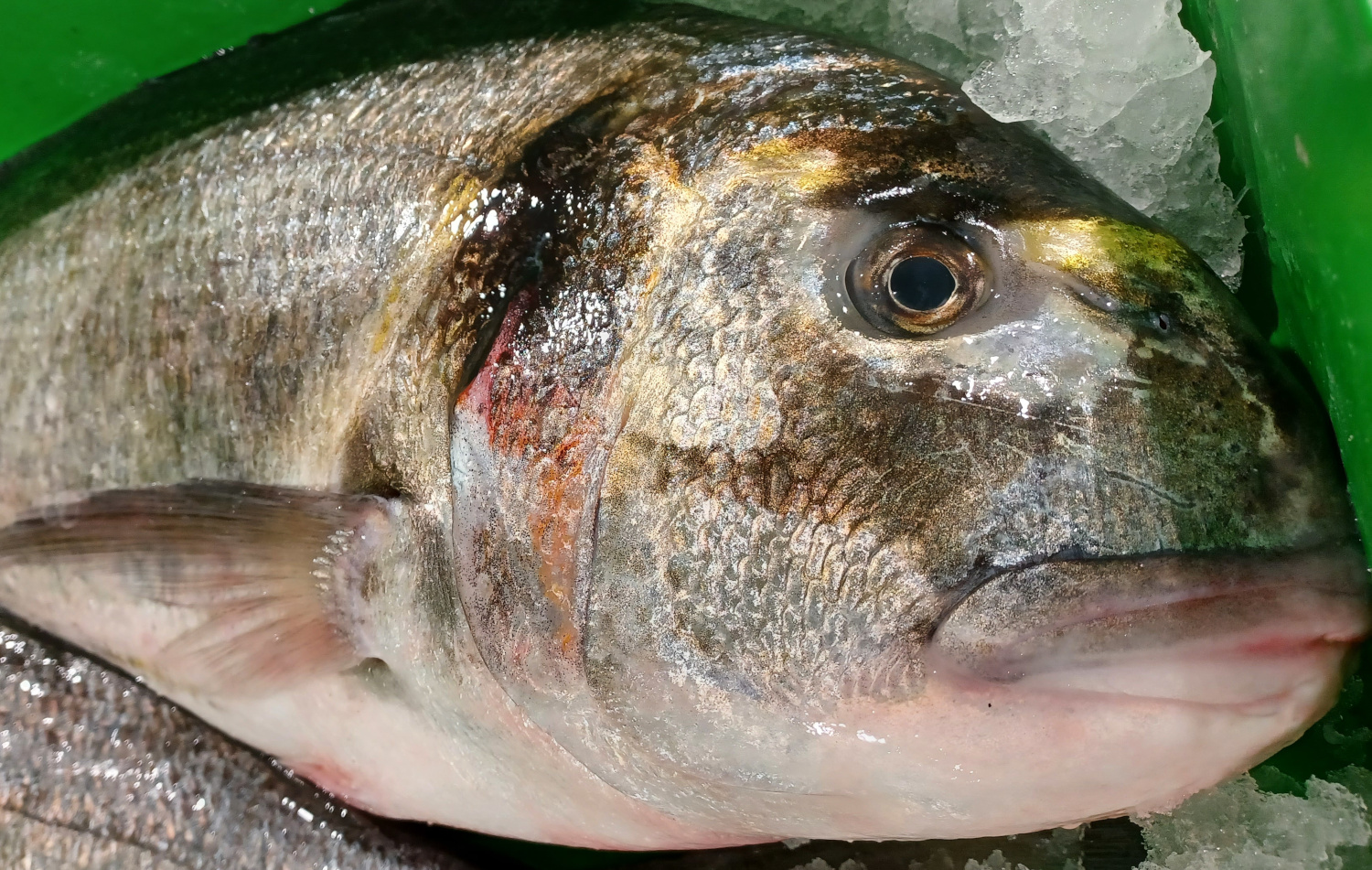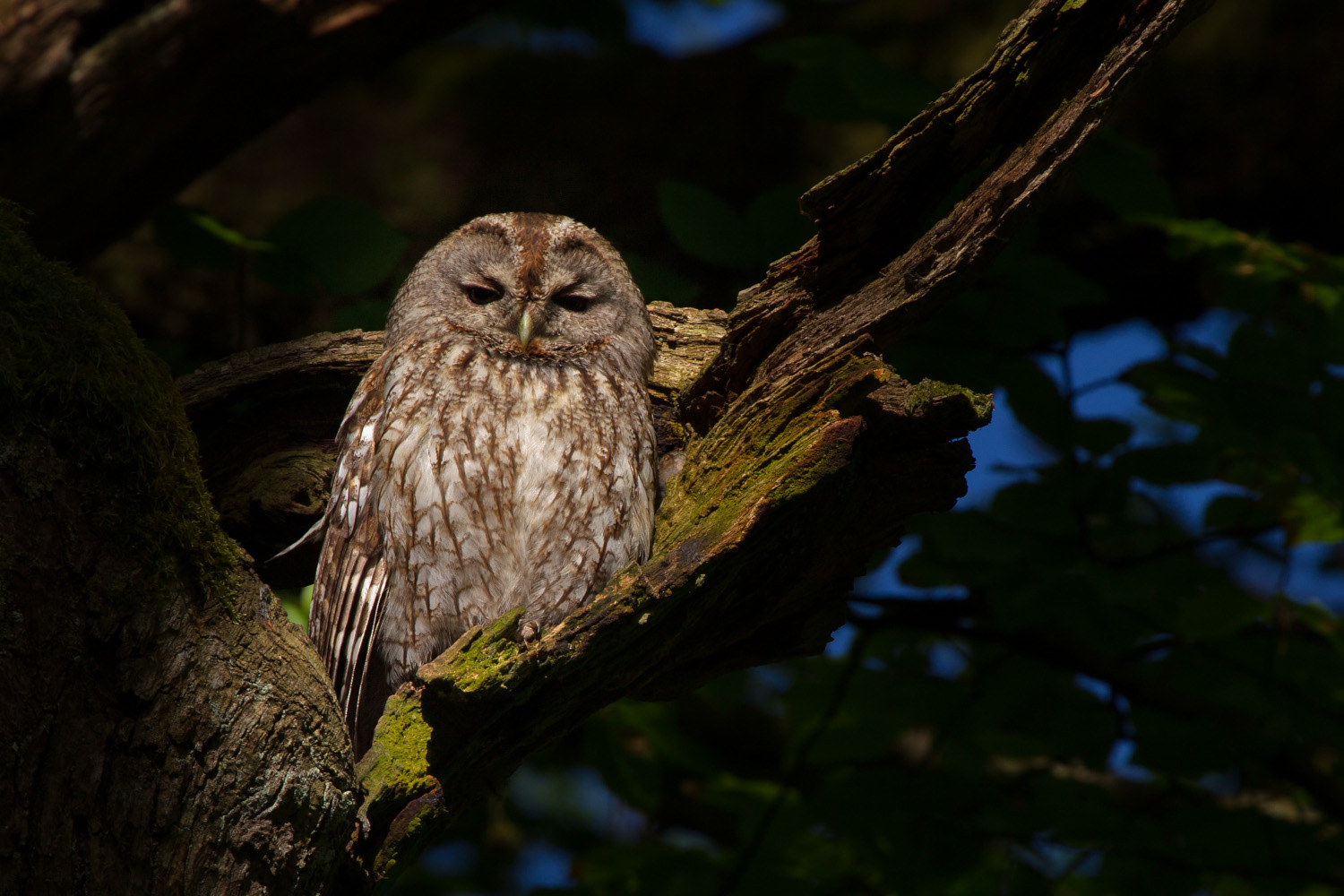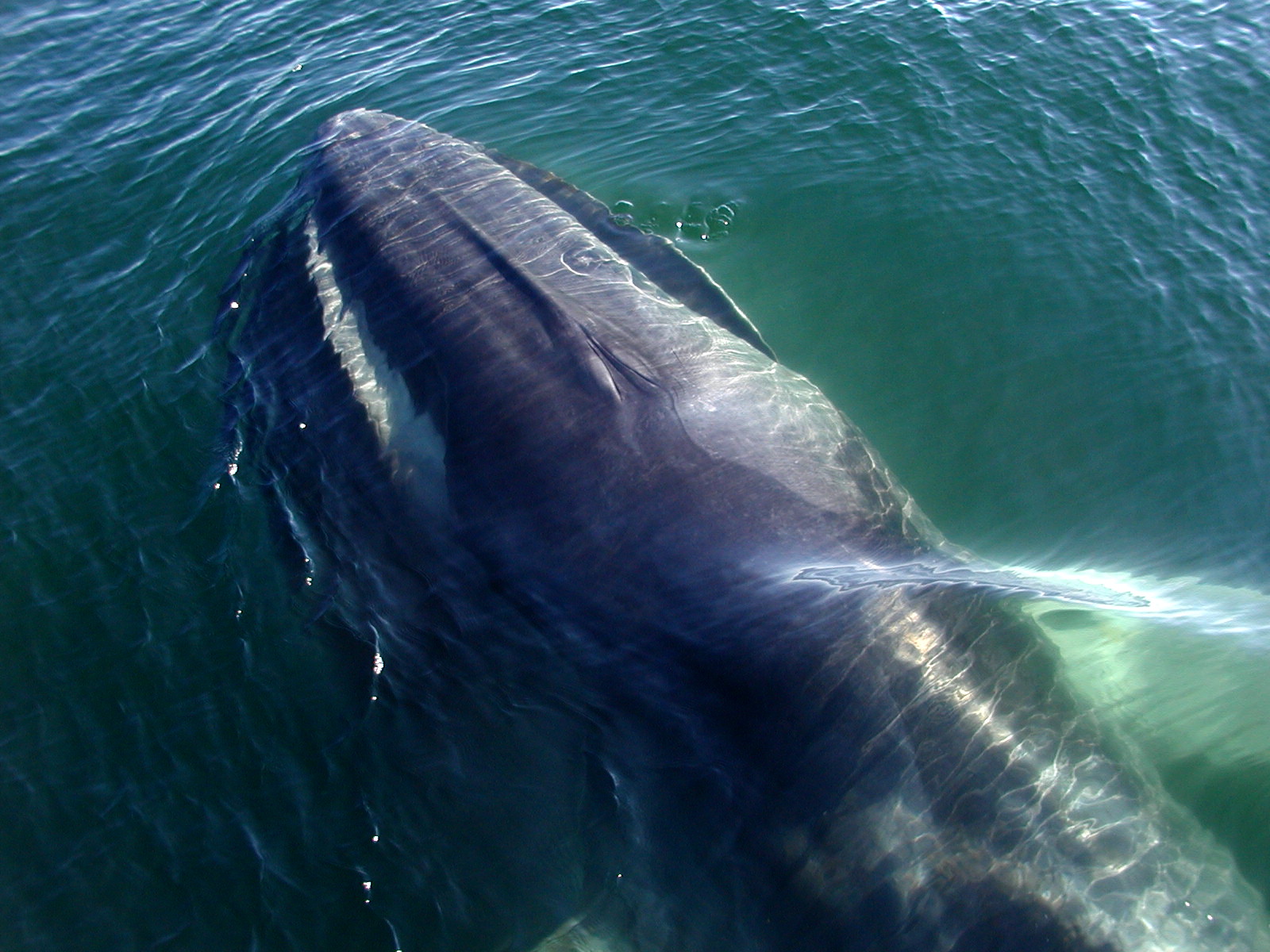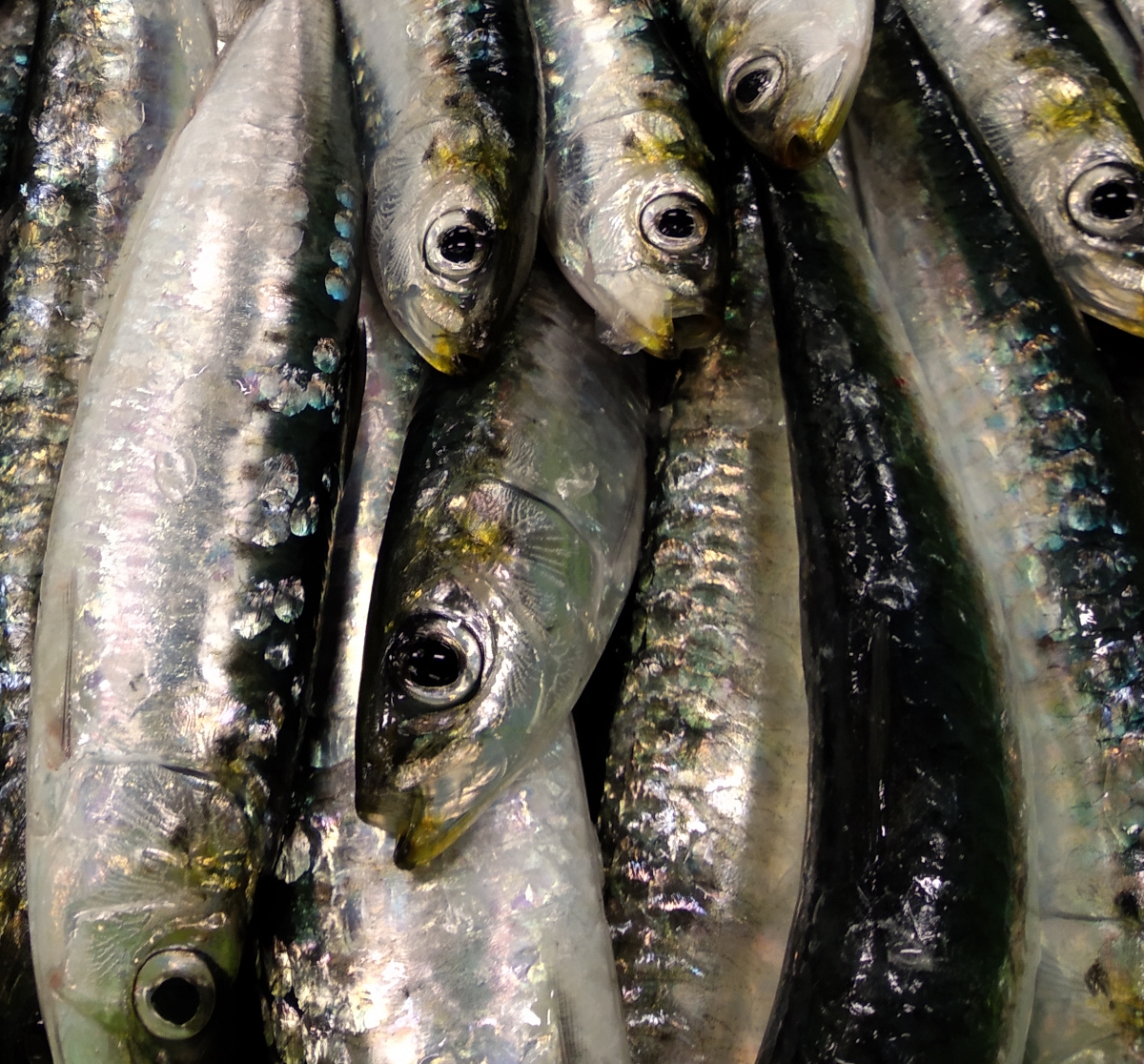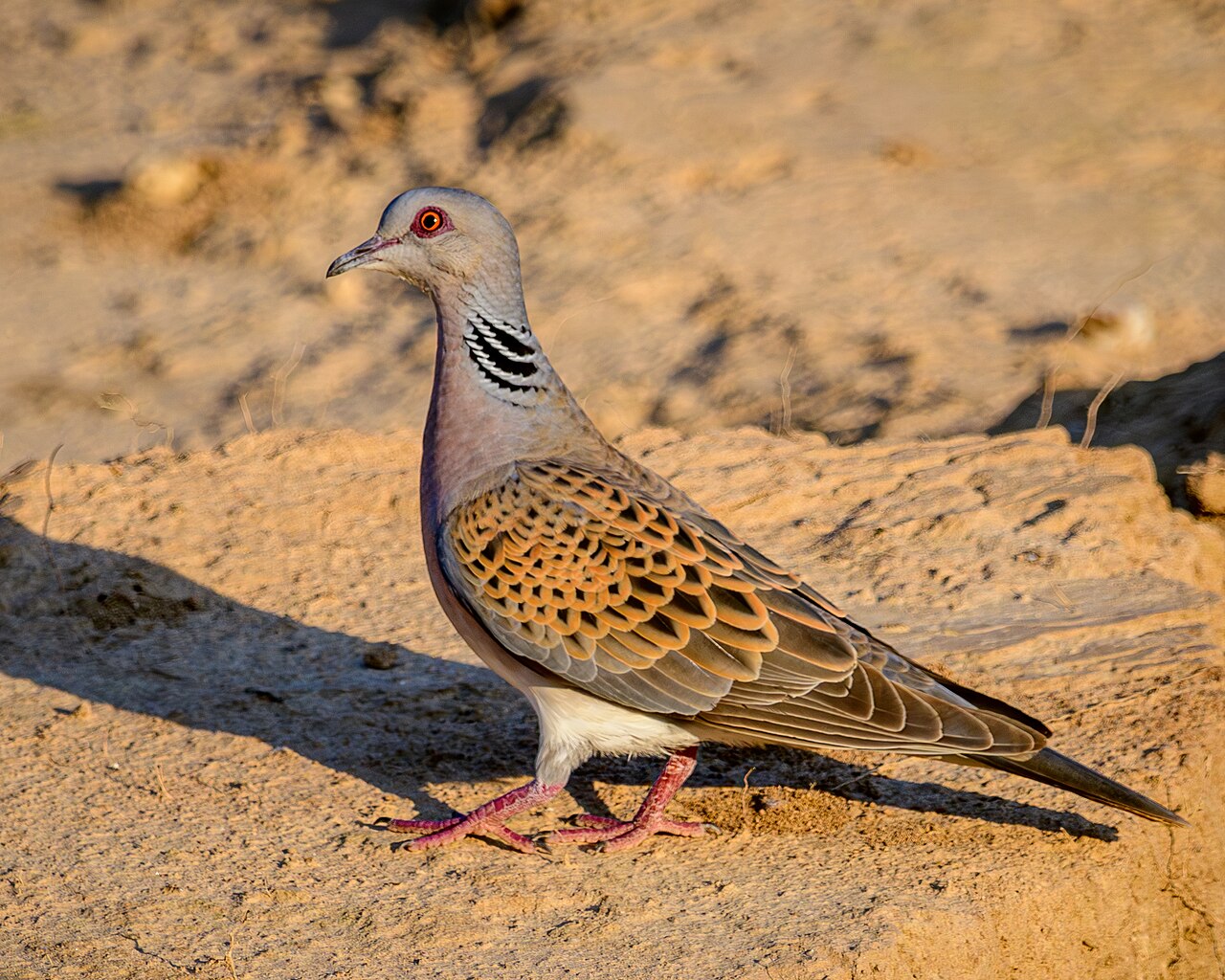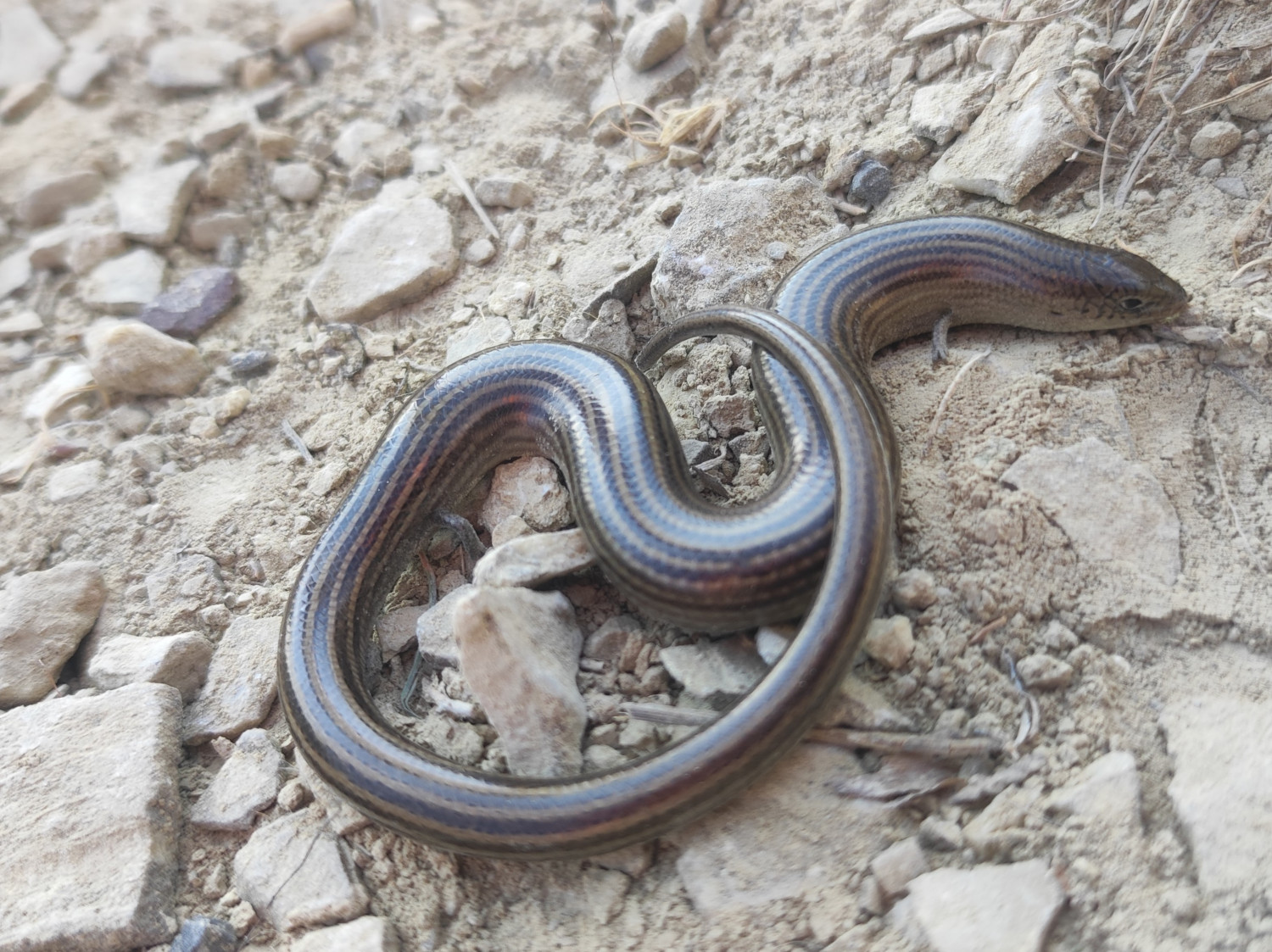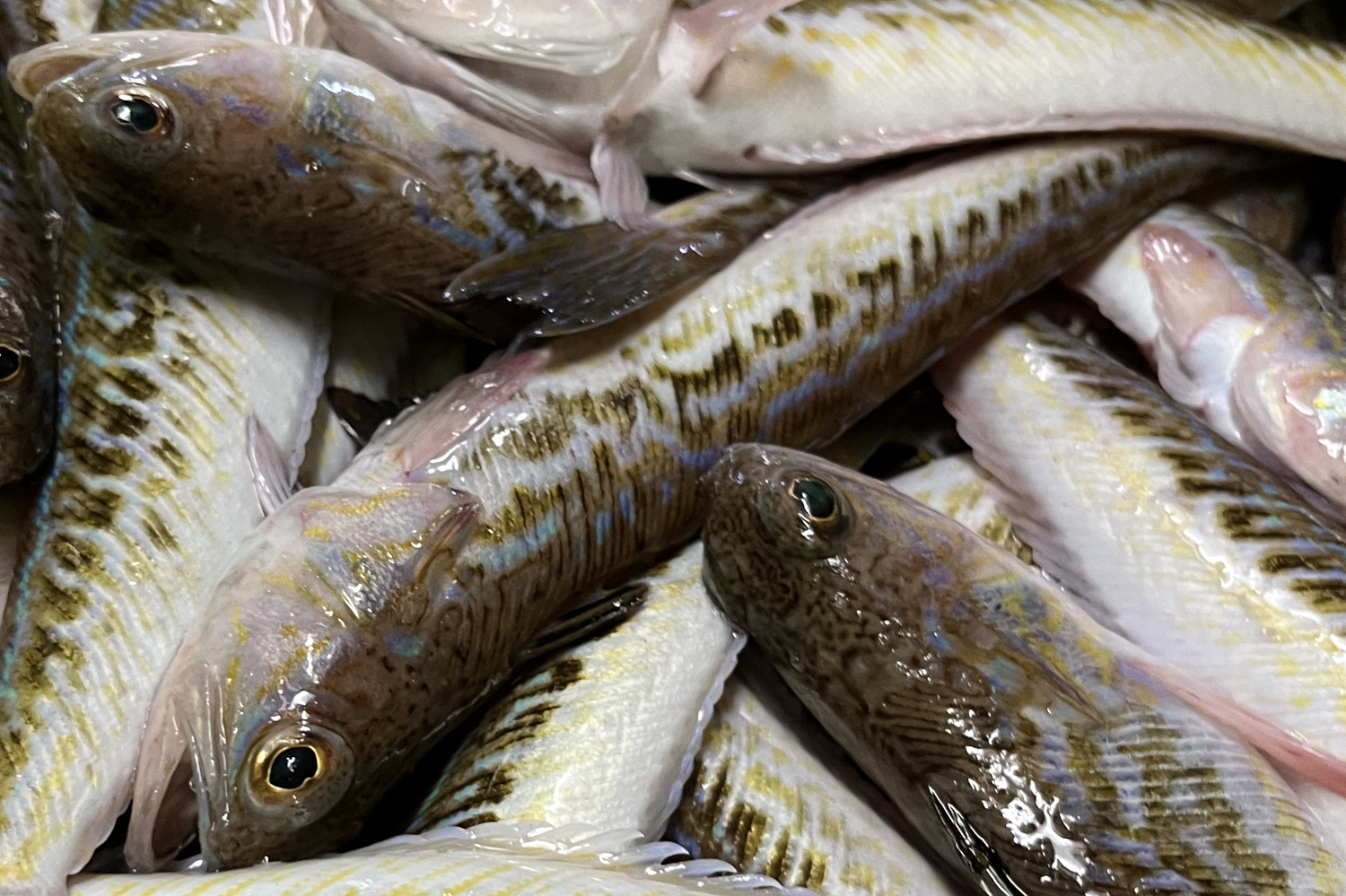Is it a deer or a deer?
- Surely a naturalist would have been able to read and think about this question: “Ask too! They have nothing to do with it!” It is true that, once known, the deer and the corzo are easily differentiated. But for some it's not easy to see this animal in the mountain and answer with certainty which one of the two is. And the one on the photo is a deer or a corzo?
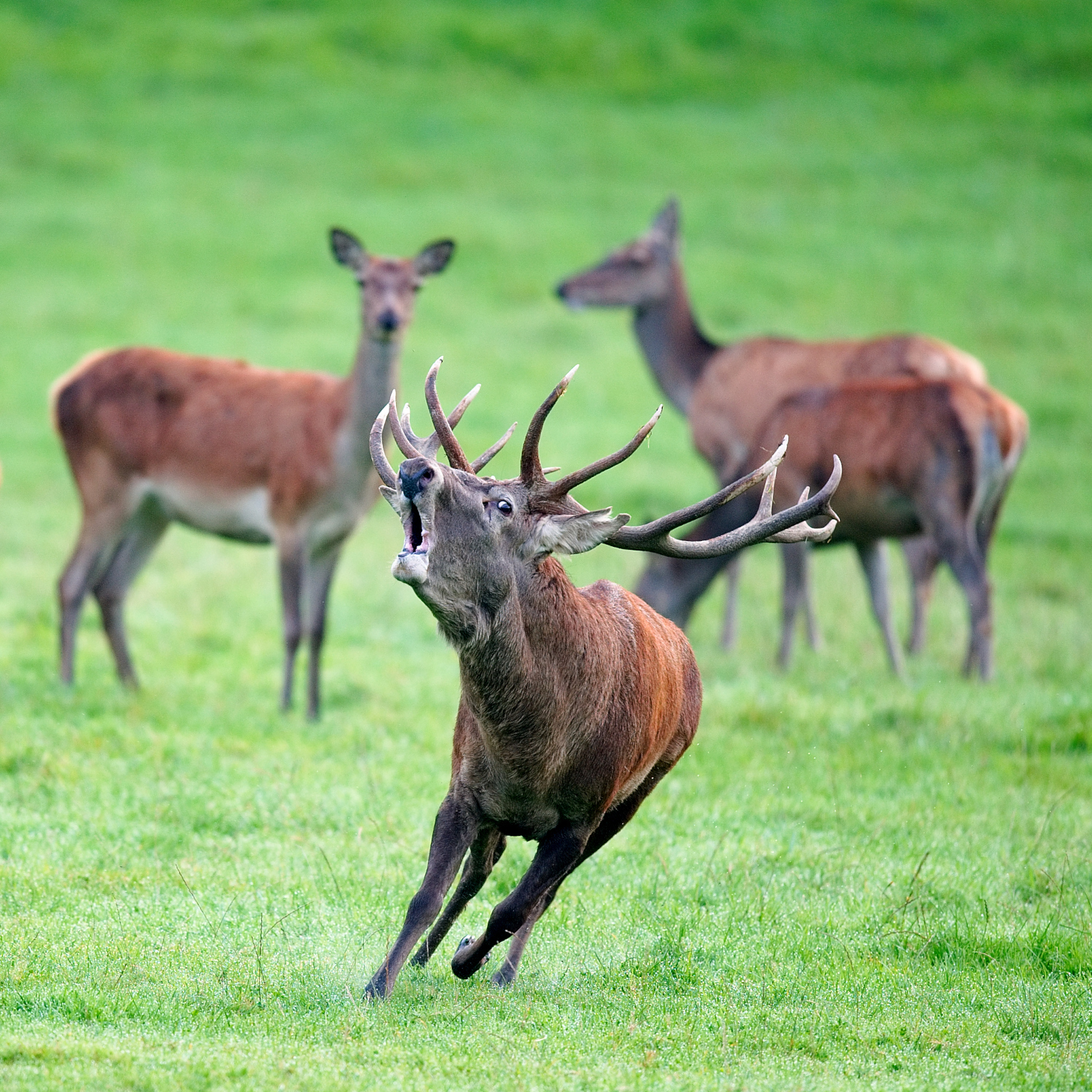
Deer (Cervus elaphus)
GROUP: Vertebrate/Mammal/Artiodactyl.
SIZE: Body 165-250 cm. Tail 12-14 cm. Weight between 100 and 200 kg.
WHERE DO YOU LIVE? Areas of coexistence of forest and grasslands. Although poaching continues, the distribution of deer is spreading throughout the Basque Country.
What do you eat? Mostly herbivores. At the end of summer and autumn you eat acorns, beech acorns and chestnuts to pick up the reserves for the winter.
PARTICULARITY: Marraoaldia is a natural process that can be seen and heard.
LEVEL OF PROTECTION Not protected.
One of the most obvious differences is the size of the two species. Adult chunks weigh between 15 and 30 kg and deer between 100 and 200 kg. I mean, deer are much bigger than triple corzo. On the other hand, we can see the animal and quickly observe the end: the end of the cords is black and the end of the deer is brown. Finally, we have the characteristic of these two animals: the branches. Like the size of the body, the limbs of the deer are much more visible than those of the cords. This structure, however, only serves us to distinguish the males, because the female corzo and deer do not have horns. Given these characteristics, we can now respond with complete peace of mind that this is a deer animal.
Once differentiated from the chunks, we will observe the branches of the deer, which at this time of the year will perform their function. When the summer is about to end and the fall starts, around September or October, the time of the deer or the marraos begins. At this time the deer enter heat, that is, they are willing to reproduce, so the males start the struggle to reproduce with the females. Through Marro's loud screams, each male shows his superiority. If more than one male wants to procreate with the same females, they challenge each other by a first script, if you look in front. However, if you don't give up, the victors struggle with the branches and gain the chance to reproduce with the females. Every year, male deer lose their branches, and each year they produce new, bigger and more extreme ones.
The cries of the deer are very strong, but today they are difficult to hear in the Basque Country. We have long since eliminated the deer from our territory, particularly by hunting. But in the 1950s, some specimens were brought from Andalusia to continue hunting. A few years ago, deer were only living in protected areas, such as the Gorbea or the Irati jungle. Today, fortunately, the population is increasing and spreading to other areas.








